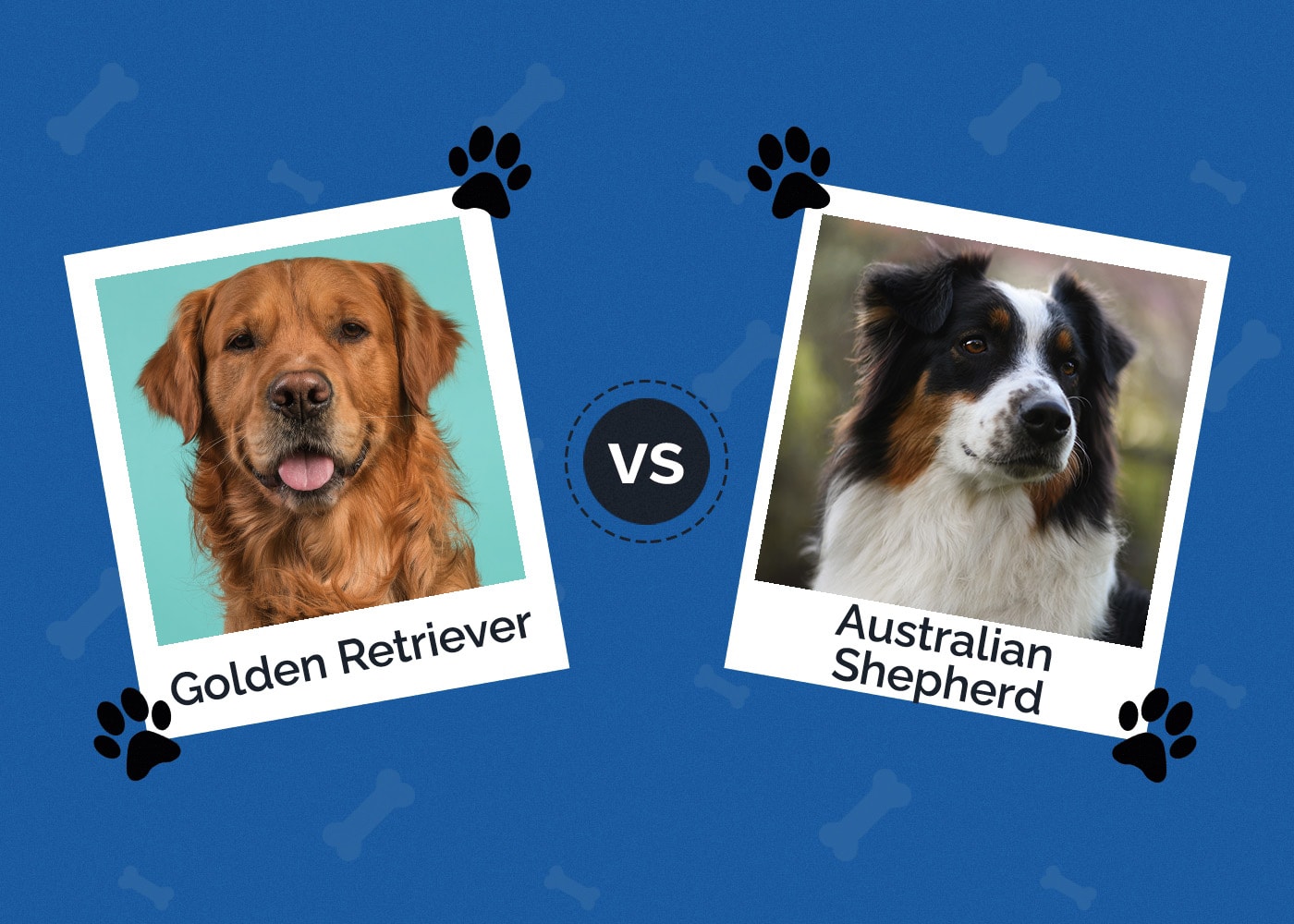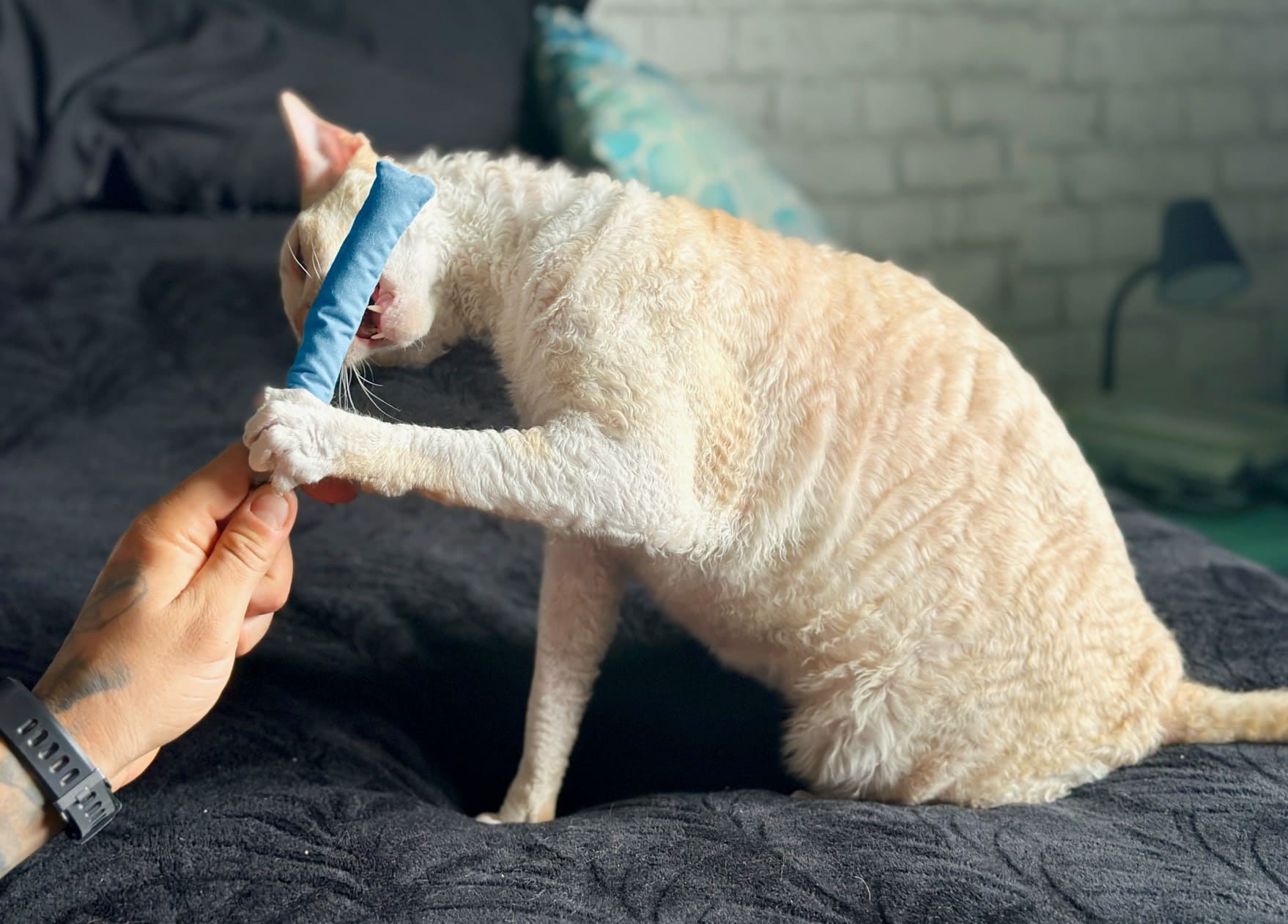6 Types of Chihuahuas (With Pictures)

Updated on
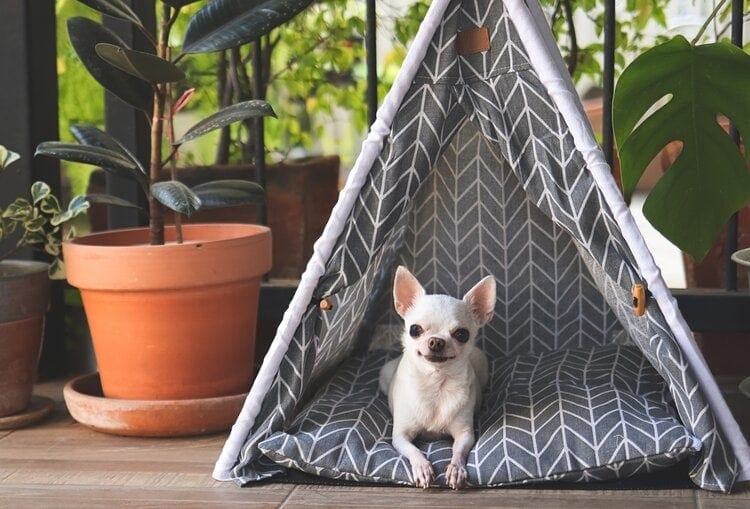
Click to Skip Ahead
Among popular companion dog breeds, the Chihuahua might be the smallest, but they’re also one of the most adored. They might have a bad reputation due to their “little dog” syndrome, but they’re loyal and feisty and love to cuddle.
While most people can recognize these dogs on sight, you might be less familiar with the different types of Chihuahua. Only the apple-headed Chihuahua is a recognized standard—and the most common—but there are several other types out there.
Here, we explain the difference between short- and long-haired Chihuahuas, teacup or mini Chihuahuas, and Chihuahuas with apple, deer, or pear-shaped heads.
How Are Chihuahuas Classified?
There are six different types of Chihuahua, and some breed enthusiasts include the fawn Chihuahua as a seventh type. Determining which type of Chihuahua you have depends on the length of their fur and the shape of their head. Their size can also be a factor in their classification.
Fur length is the most obvious sign of a Chihuahua’s type. They can be either short or long haired, though they’ll never be as fluffy as some other long-haired breeds. Their head shape is the next determining feature and requires more attention to notice the differences. There are three head shapes to look out for—apple, deer, and pear—but only apple heads are a recognized standard. Finally, there are smaller Chihuahuas that are considered teacup sized—and controversial.
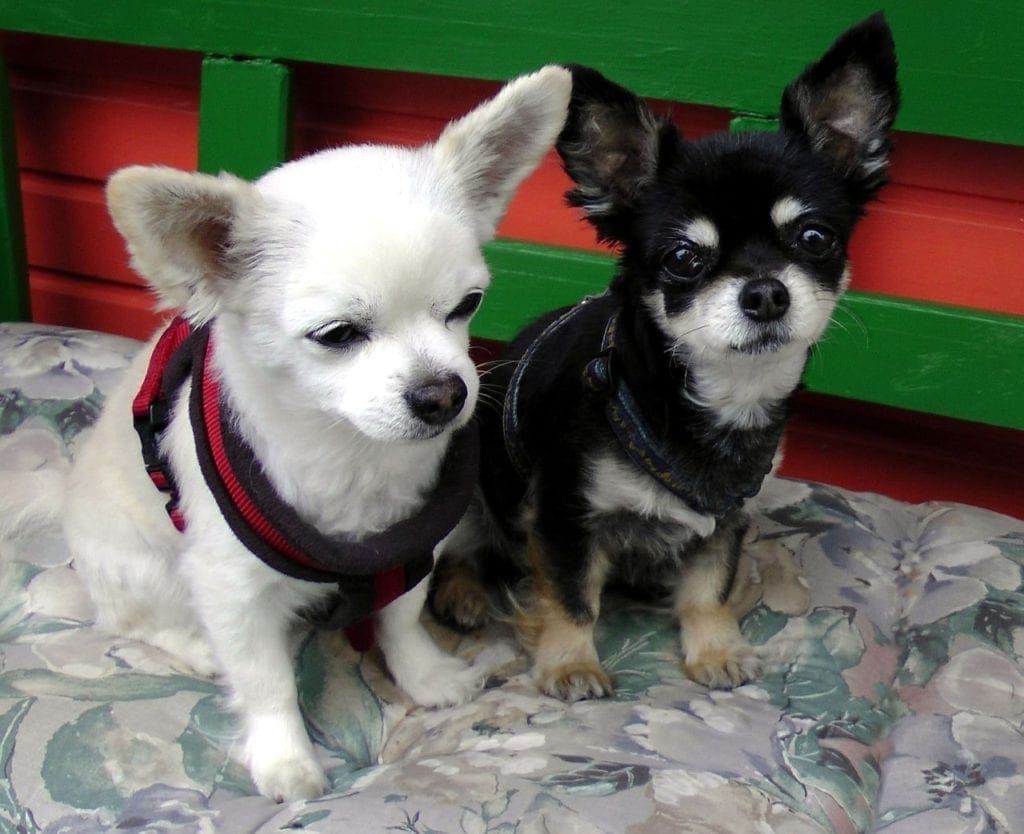
The 6 Different Chihuahua Types
1. Short-Haired Chihuahua
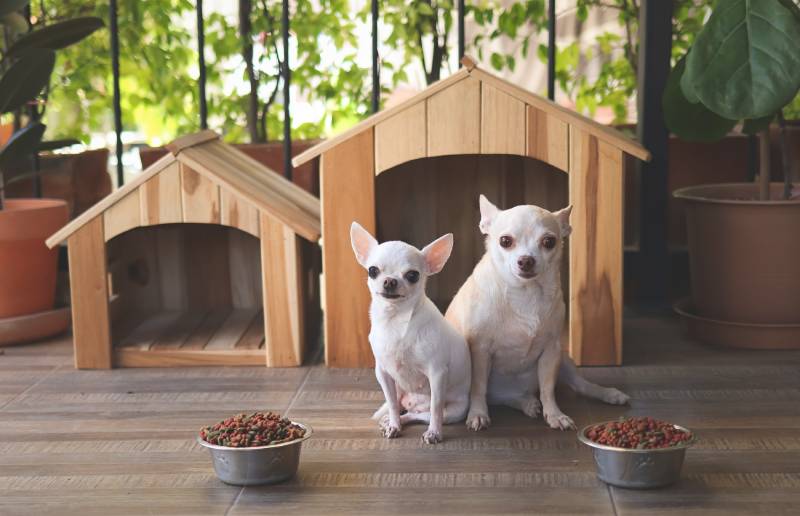
| Origin: | Mexico |
| Defining Trait: | Short, glossy coat |
| Lifespan: | 14–16 years |
| Height: | 5–8 inches |
Short-haired or smooth-coated Chihuahuas are recognized by the AKC, so they can take part in dog shows as long as they have an apple head. They are the most popular type of Chihuahua.
They earn their “smooth coat” name from the sleek, glossy appearance and feel of their fur. Short-haired Chihuahuas can be found in all the recognized colors and several others and they can have brindle or merle markings.
2. Long-Haired Chihuahua
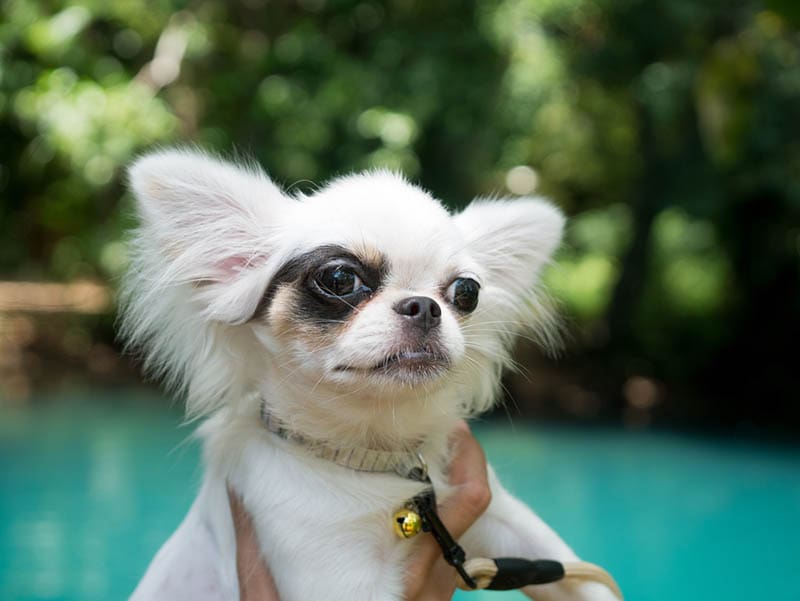
| Origin: | Mexico |
| Defining Trait: | Long, fluffy coat |
| Lifespan: | 14–16 years |
| Height: | 5–8 inches |
The second most popular type of Chihuahua is the long-haired or rough-coated Chihuahua. This type is favored by dog owners who prefer the elegant, attractive look that the long, fluffy coat gives the Chihuahua. They’re not quite the ball of fur that a Pomeranian or other fluffy breed is, but their coat does give them plenty of character of their own.
It takes a few years for the coat to grow properly and you’ll need to groom this dog more often than you would a short-haired Chihuahua, in order to prevent tangled mats.
Don’t fall into the trap of assuming that a long coat means they’re better with extreme weather conditions, though. While long-haired Chihuahuas do have more protection against the elements, they’ll still get cold if you don’t take precautions.
3. Apple-Head Chihuahua
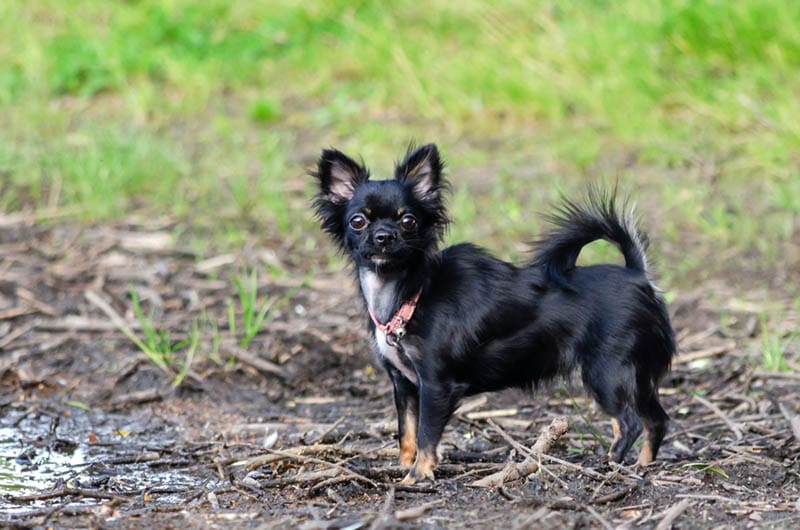
| Origin: | Mexico |
| Defining Trait: | Well-rounded head with a short nose and large eyes |
| Lifespan: | 14–16 years |
| Height: | 5–8 inches |
There are three different shaped head types for the Chihuahua, but only the apple head is recognized by the AKC’s breed standard. So, if you’re hoping to participate in shows, the apple-headed Chihuahua is the only one that’s accepted.
This is the classic appearance of a Chihuahua: Their head is well-rounded and often seems like it’s too big for the rest of their body. They have a slightly shorter snout than the other head shape types and are often born with a molera (soft spot) that may or may not close as they age.
4. Deer-Head Chihuahua
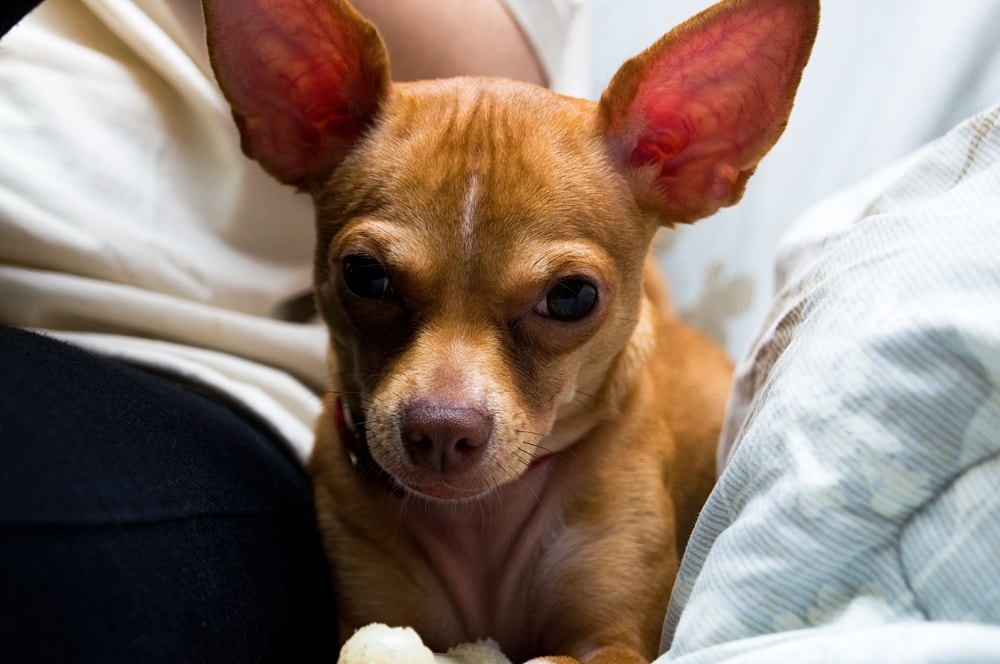
| Origin: | Mexico |
| Defining Trait: | Elongated head with a long, narrow snout |
| Lifespan: | 14–16 years |
| Height: | 5–8 inches |
Unlike the apple-headed Chihuahua that has a more rounded skull, the deer-head Chihuahua has an elongated head and a narrow, slightly longer nose. They also have large, deer-like ears and slightly longer legs than the other types of Chihuahuas.
The deer-headed Chihuahua is the largest type, though not by much. They can weigh up to 10 pounds and have long legs. However, they’re not recognized by the AKC as an official breed variation, so they can’t take part in shows.
5. Pear-Head Chihuahua
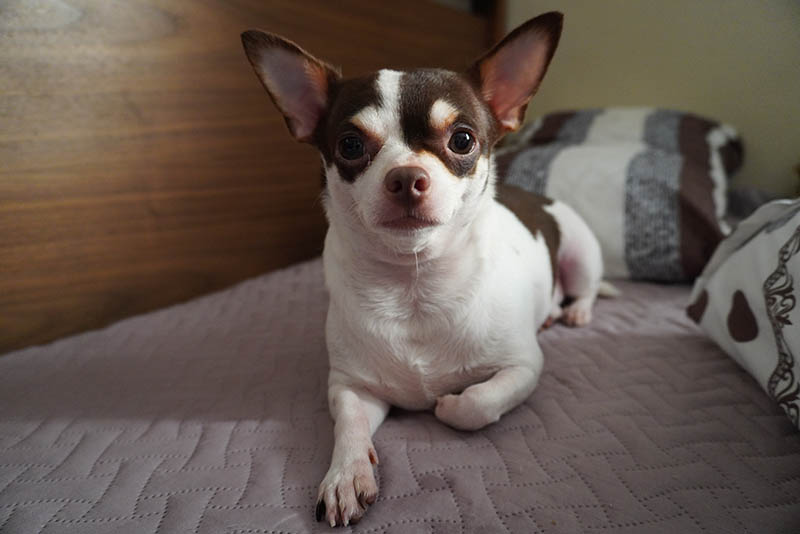
| Origin: | Mexico |
| Defining Trait: | A combination of apple and deer head types, with a flatter skull |
| Lifespan: | 14–16 years |
| Height: | 5–8 inches |
Pear-head Chihuahuas are a mix of the previous two head shapes. When apple-headed and deer-headed Chihuahuas are bred together, the puppies can inherit a mix of their head shapes, leading to a pear-shaped head.
Their skull is longer than the apple head but shorter than the deer head and flatter than both. The shape of their skull is easy to mistake for the deer-head type.
The pear-headed Chihuahua isn’t recognized by the AKC. They’re also frequently heavier or taller than the breed standard and aren’t eligible for shows.
6. Teacup Chihuahua
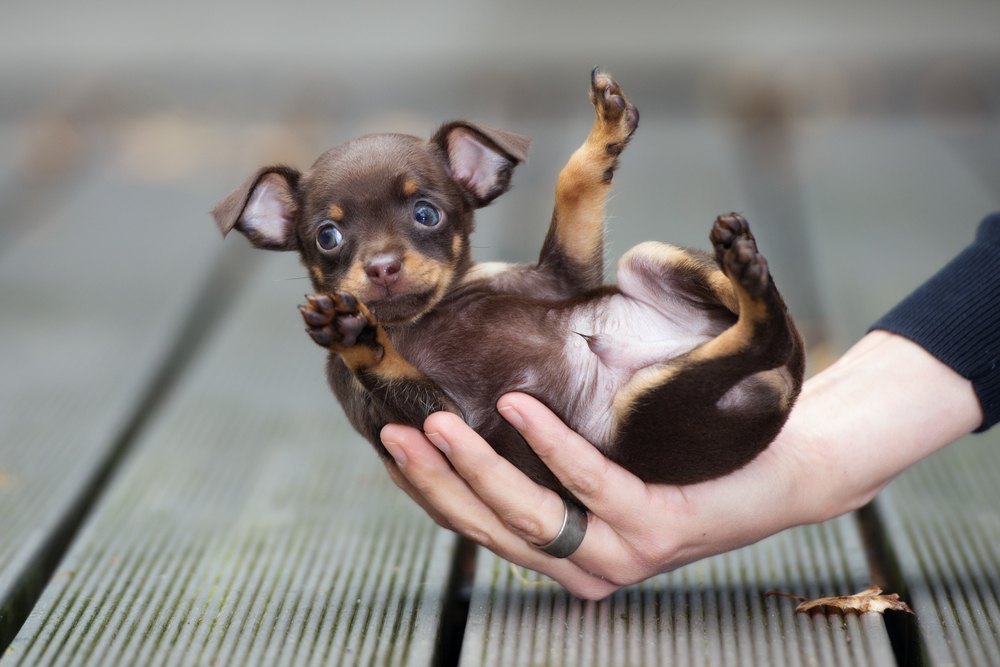
| Origin: | Mexico |
| Defining Trait: | No more than 6 inches tall or more than 5 pounds |
| Lifespan: | 7–12 years |
| Height: | 6 inches |
The smallest and most controversial type of Chihuahua is the Teacup or Mini Chihuahua. While the standard Chihuahua is tiny already, the Teacup Chihuahua is even more so. They never grow more than 6 inches tall and will weigh between 2 and 5 pounds. It’s said that they can fit into a teacup, which is one of their biggest selling points.
Tiny dogs are popular among some dog lovers, but many people prefer not to breed them at all. The Teacup Chihuahua is prone to more health issues and has a shorter life expectancy than the standard recognized by the AKC. They’re also not considered an official variation or a separate breed.
Are Fawn Chihuahuas Considered a Type of Chihuahua?
Fawn Chihuahuas are often considered a type along with the ones mentioned in the list. However, fawn is a common and highly desired color for the breed and one of the recognized standards.
All six types of Chihuahua can have fawn coloring. One fawn Chihuahua could be short haired and have a deer head, and another might be long haired and pear headed. Despite being a recognized color for the breed, fawn Chihuahuas will only be able to take part in shows if they’re an apple head.
Although you can consider the fawn Chihuahua as a type of their own, any of the types can be fawn colored, so they don’t really belong on this list.
Which Type of Chihuahua Should You Choose?
Owning any breed of dog is a special honor and a big responsibility. No matter what type they are, Chihuahuas are feisty but adoring companions with cute faces and wide eyes that will make your day that much better.
Since there are several types of Chihuahua to choose from, you have to decide which one suits you the best. Ask yourself whether you want to take part in dog shows or if you’re happy just cuddling on the couch at the end of the day.
Companionship
Many dog owners simply want a companion to dote on. In this case, it doesn’t matter which type of Chihuahua you choose. They all share the same charming temperament and sassy attitude. Chihuahuas were bred to be companion dogs and love their human companions. All six types will be perfect for cuddling up on the couch with.
However, you do need to socialize and train them properly. Their “little dog” syndrome can make them aggressive toward other dogs and gives the breed a bad reputation. With the right training and socialization, though, your Chihuahua will be just as polite as other breeds.

Health
The health of your new dog should be a big consideration. For example, Teacup Chihuahuas are considered unhealthy due to their tiny bodies. While the standard Chihuahua is relatively healthy, the smaller varieties are more prone to health issues and have a shorter life expectancy.
When it comes down to it, teacup dogs are bred for their size, not their health. You need to carefully consider the breeder and how ethical their practice is, along with any potential health issues that your Chihuahua might face.
Shows
Taking part in dog shows is one of the best ways to show off how gorgeous and well-cared for your Chihuahua is. You do have to meet certain regulations to take part, as your Chihuahua will only be eligible if they meet the breed standard of the kennel club hosting the show.
For example, a show run by the AKC will only accept the apple-head Chihuahua. They can have short or long hair and any of the recognized colors and markings, but any other type of Chihuahua won’t be allowed to take part. For this reason, you have to consider the breed standard for your country’s kennel club if you want to participate in competitions, and then choose your Chihuahua accordingly.
Conclusion
Chihuahuas have a great deal of attitude packed into their tiny bodies, no matter what they look like. The official AKC standard defines them as apple headed with short or long hair. These dogs can also be deer headed, pear headed, or small enough to fit in a teacup. But they all have the same delightfully sassy attitude and are adorable companions, even though they’re too small for families with young children.
See Also:
Featured Image Credit: Phuttharak, Shutterstock



